Are your company meetings draining time and energy without moving the needle on critical issues? You’re not alone. Many businesses struggle with unproductive meetings that leave team members frustrated and key problems unsolved. As an Implementer, I’ve seen firsthand how EOS can transform leadership team meetings from time-wasters into powerful drivers of business growth.
At the heart of EOS is a set of simple, powerful tools that transform how teams communicate and solve problems, saving time and reducing frustration. Here’s how EOS can help you run better meetings—and solve issues faster.
The Power of a Level 10 Meeting
The Level 10 Meeting is one of the cornerstones of EOS. Unlike traditional meetings that tend to drag on without focus, the Level 10 agenda is carefully designed to keep your team focused on what matters most—no more meandering discussions or getting sidetracked by minor issues. With clear roles and expectations, everyone knows their part in making the meeting successful. This boosts engagement and follow-through. By following a proven structure, your leadership team can keep meetings on track, address key priorities, and avoid wasting time.
A solid meeting agenda includes:
- A quick segue to share good news and get your brain ready for good problem solving.
- Reporting Only section – checking in on important parts of your busines. This includes:
- A review of scorecards and key performance metrics.
- Checking in on “Rocks”—those major goals you’ve set for the quarter.
- Checking in on Employees and Customers – is everybody happy? Who do we need to talk about?
- Time for To-Dos – reviewing past assignments and holding ourselves accountable.
- The Issues List, which is where most of the hard work gets done. THIS is what makes meeting valuable.
- Rate & Conclude – Summarize and come together on what others need to know from this meeting, confirm new to-dos, and ensure it was a great meeting by rating it on a scale of 1-10. If anyone is an 8 or lower, ask them what would have made it a 10.
While the Level 10 structure is powerful, the real magic happens when you combine it with other EOS tools and principles:
- Open and honest communication: EOS promotes a culture of transparency, allowing team members to bring up tough issues without fear.
- Clear accountability: With an Accountability Chart, there’s no confusion about who owns which areas of the business. This clarity extends to issue resolution and follow-up.
- Shared values: When your team is aligned on Core Values, it creates a foundation for respectful debate and efficient decision-making during meetings.
Solve Problems Faster with IDS
Ever feel like your meetings are just rehashing the same problems over and over again? The EOS toolset provides a simple but highly effective way to solve issues: the IDS Process—Identify, Discuss, Solve.
- Identify: You dig deep to find the real issue. Most problems aren’t what they appear on the surface, and EOS forces you to clarify the root cause in one sentence.
- Discuss: Once the issue is clear, the team discusses potential solutions, but only once. No rehashing or politicking.
- Solve: The final step involves creating action items, assigning accountability, and ensuring the problem doesn’t return.
Create Accountability and Clarity
In many businesses, it’s unclear who owns what area, which can slow down decision-making and problem-solving. As mentioned above, EOS uses the Accountability Chart, which provides a visual representation of roles and responsibilities across the company. When issues arise, it’s clear who should take charge, ensuring that problems are routed to the right people from the start.
Core Values as Meeting Ground Rules
Meetings can become heated when emotions run high, especially when tough issues are on the table. But remember, clear is kind. EOS encourages open and honest communication, ensuring that conflict is constructive rather than destructive. By anchoring your meeting culture to your company’s core values, you set the tone for respectful, productive discussions.
Regular Meeting Rhythms Keep You on Track
Having consistent touchpoints is key to keeping your team aligned and addressing problems before they escalate. EOS recommends weekly Level 10 Meetings to review progress, check on accountability, and handle issues before they snowball.
By building these rhythms into your business, you create a culture of continuous improvement and problem-solving. Your meetings no longer feel like a burden—they’re a critical part of how you drive the business forward.
The Results: Less Time, More Impact
When you run on EOS, your meetings typically only take up 3-6% of your leadership team’s time – including quarterly and annual planning sessions. Yet in that focused time, you’ll solve more issues at the root and drive your business forward faster than ever before.
Imagine walking out of every leadership meeting energized instead of drained. Picture your team eagerly tackling the week’s biggest challenges together, instead of avoiding difficult conversations. That’s the power of finding the right meeting pulse.
Don’t let another week go by with meetings that waste time and drain energy. Reach out today to learn more about how EOS can help you run better meetings and solve problems faster.



